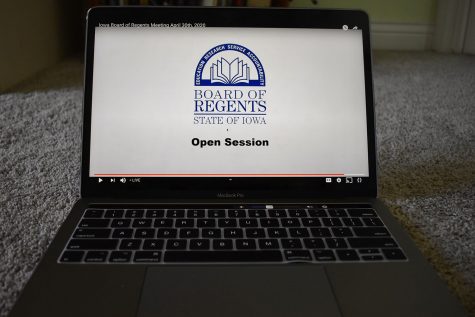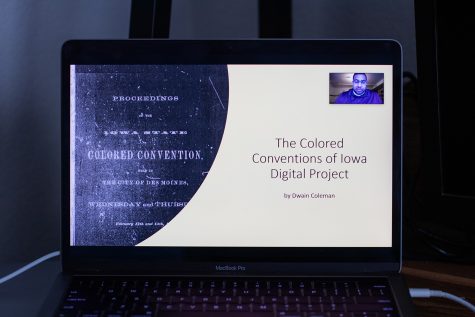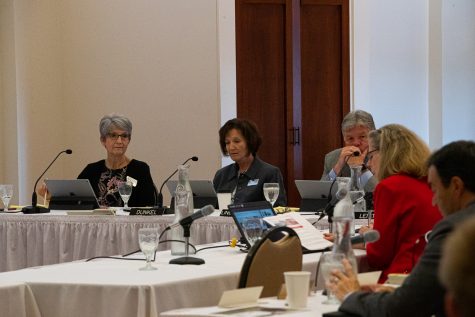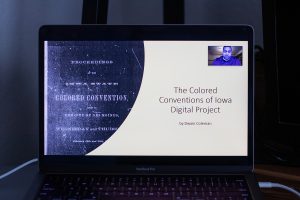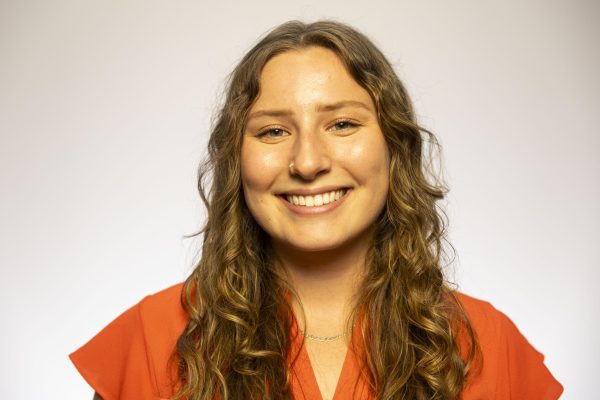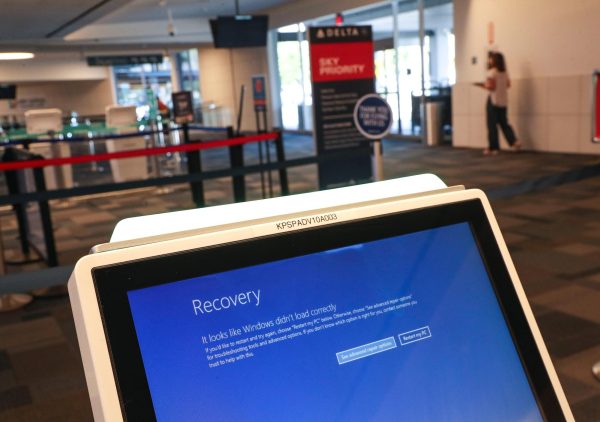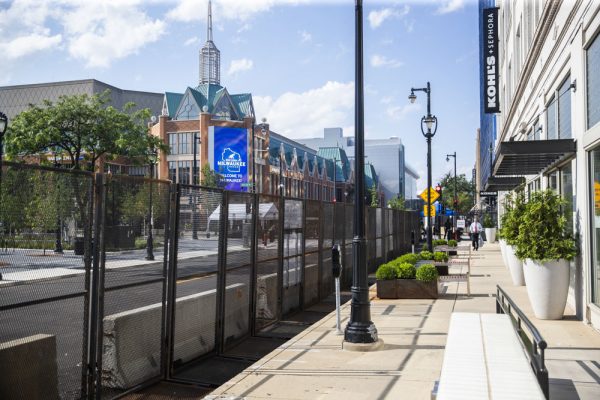University of Iowa Hospitals and Clinics seeing sicker patients
University of Iowa Hospitals and Clinics report on COVID-19 uptick of transfer patients and new clinical trials.
University of Iowa Hospitals and Clinics are seen on Tuesday, June 23, 2020.
September 24, 2020
COVID-19 patients from across the state continue to be transferred to University of Iowa Hospitals and Clinics, returning the hospital’s transfer numbers to pre-pandemic levels, but those patients are sicker, hospital officials told the regents on Wednesday.
Suresh Gunasekaran, the chief executive officer of UIHC told the regents in a Wednesday virtual meeting that transfer COVID-19 patients from around Iowa who are admitted to UIHC are a lot sicker than transfers the hospital had before.
“We are seeing a higher volume of sick patients from across Iowa that need to come to UIHC and we are struggling to keep up after the events of earlier this year,” Gunasekaran said.
Gunasekaran said that these transfer patients driving the increase in numbers are not from Johnson County, but from eastern Iowa and some from northern Iowa. Scott County sent 1,138 referrals to UIHC, according to a presentation. He said that these patients need to stay in the hospital longer, which causes a crunch in the system.
“Increasingly Iowans are coming to rely on UIHC and they are getting transferred here from hospitals across the state,” he said. “The reason transfers aren’t up is because our beds are full… many of the hospitals across the state are disappointed when we decline to take a transfer, and many have complained to me, because they believe it’s happening at a higher rate than it did before.
“That’s not the case, we have sicker patients than before,” he added.
Although Gunasekaran said the space capacity issues predate the pandemic, the hospital had two months of the worst left without being seen rate in the hospital’s emergency department since because of space constraints.
“I regret to tell you, in the month of August, that 20 percent of patients left without being seen, which has never happened. That’s a number that usually on our worst day is normally between 7 and 10 percent. But that really shows you that we’re being overrun by people from out of town.”
The reason behind the high number of people turned away in August, Gunasekaran said, was due to seeing more behavioral health patients in the emergency department that the hospital couldn’t move because beds were full.
Gunasekaran added that getting patients ready for discharge sooner would free up bed capacity. The hospitals are not limiting COVID-19 transfers, Gunasekaran said, despite the high demand.
When asked about why UIHC was seeing higher volumes of sicker patients he answered in two parts, a short-term reason and long-term. First, he said there was likely a public health impact as people delayed care for months since the onset of the pandemic.
“Chronic diseases that didn’t get managed as well as they could and they progressed to a different state,” he said.
And second, in a long-term trend, hospitals across the state aren’t able to take care of sicker patients, and are sending those patients more often to UIHC, he said.
Brooks Jackson, UIHC Vice President for Medical Affairs, said that this year “has been quite frankly a rollercoaster ride” for UIHC.
Stanley Perlman, the UI Mark Stinski Chair in Virology Professor of Microbiology and Immunology Professor of Pediatrics, said that the health care system is also working on the long-term problem of the virus by investigating different COVID-19 therapy and research to understand the virus.
Perlman explained why SARS-CoV-2, the virus that causes the COVID-19 disease, is so contagious.
“It is so different from the SARS coronavirus or the MERS coronavirus, and we know the reason is that this virus grows like the cold coronaviruses in the nose and the pharynx —they’re easily spread and in fact they’re spread by people who are going to get sick but are not sick yet people that are called to the presymptomatic phase,” he said.
Perlman said that he has been working with mice to understand COVID-19 and symptoms like the loss of sense of taste and smell, but “we think that we need models for more severe disease, and that’s what we’ve developed.”
UIHC researchers are also studying a certain molecule related to COVID-19 called prostaglandin, which he said seems to increase as humans age.
Perlman was approached by the company Bioage, to help get clinical trials started on prostaglandin. He said that this would be a useful contribution to help COVID-19 patients.
“You could give it to everybody with mild disease and particularly people who are at high risk of more severe disease — older people with diabetes,” he said.
Perlman said that he and his colleagues received a small research grant from Eli Lilly & Company to test monoclonal antibodies that are already in use clinically.
“It seems to be promising in some settings to put in patients with mild disease, to prevent progression to more severe disease,” he said.
Additionally, in partnership with Kansas State University, the UI is a co-owner of a patent on a drug to figure out why people who get COVID-19 have abnormal immune responses. He said that this drug inhibits the protease of the virus, which is essential for virus reproduction.
Sarah Watson contributed to this report.




